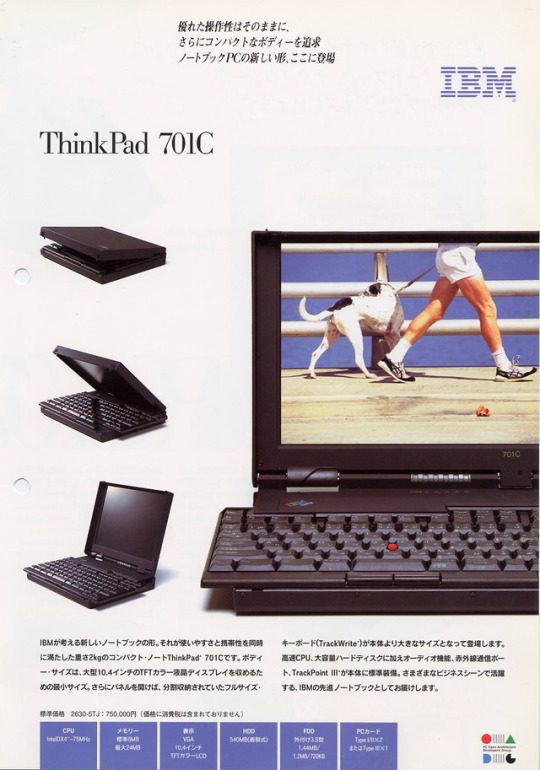Photo

The TrackWrite, also known as the butterfly keyboard, is a foldout laptop computer keyboard designed by American mechanical engineer, inventor, and Emeritus Distinguished Engineer at the IBM T.J. Watson Research Center John Karidis for IBM as part of theThinkPad 701 series, released in 1995, being the top-selling laptop of the same year. It allowed the 701 series to be both compact (when closed) and comfortable to use (when open), despite being just 24.6 cm (9.7 in) wide with a 26.4 cm (10.4 in) VGA LCD.
Sources: [1]
0 notes
Photo

Louis de Broglie was a French physicist who predicted the wave nature of electrons and suggested that all matter has wave properties. This concept forms the core of the quantum mechanics. Born in an aristocratic family, Broglie along with his brother defied the family tradition of serving as diplomats by taking up science.
After the Second World War, Europe's scientific prestige suffered by the brain drain of influential scientists to the USA. In 1949, to redress the balance and restore European science to its former prestige, Louis de Broglie proposed the creation of a European Science Laboratory. By 1952, 11 European governments had agreed to set up a provisional "Conseil Européen pour la Recherche Nucléaire" (CERN) and a site near Geneva was selected for the planned laboratory.
Source: [1]
0 notes
Photo

Nicola Pellow and Tim Berners-Lee in their CERN office.
Tim Berners-Lee developed the world’s first web browser called “WorldWideWeb” in 1990 for the NeXT Computer (at the same time as the first web server for the same machine). He recruited Nicola Pellow, a math student intern, to write the Line Mode Browser, the second web browser ever created. It was a cross-platform web browser thar displayed web-pages on old terminals, released in 1991.
Sources: [1][2]
0 notes